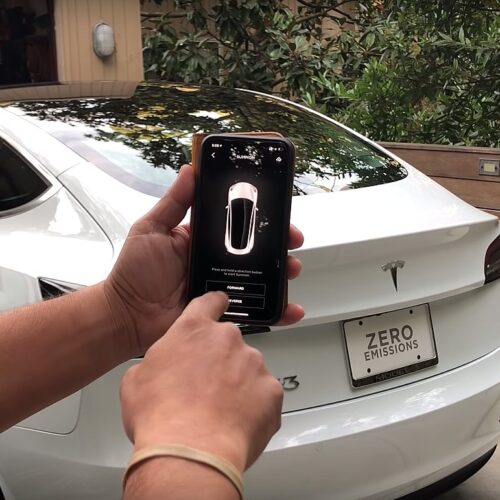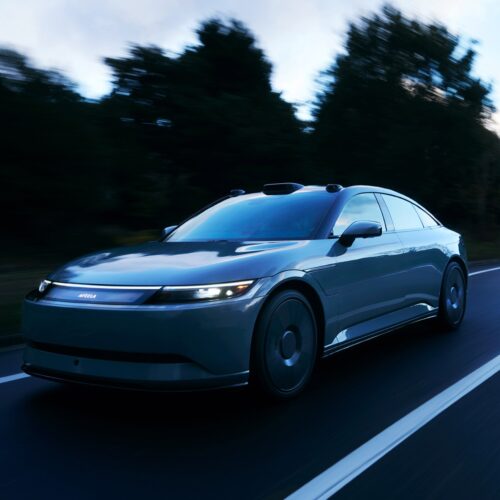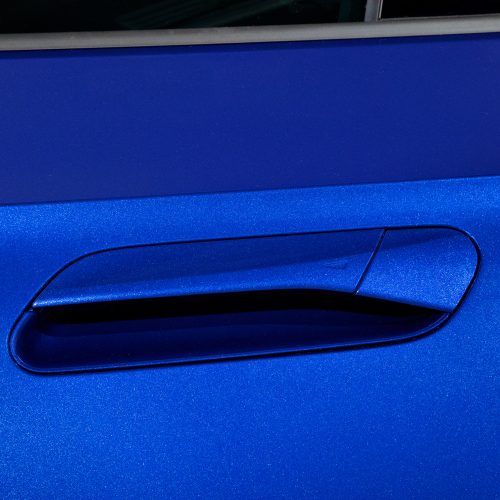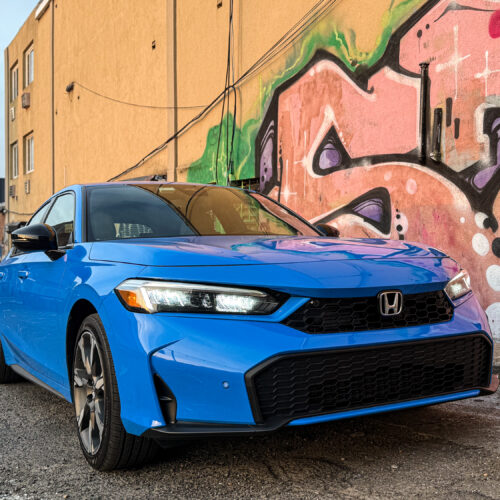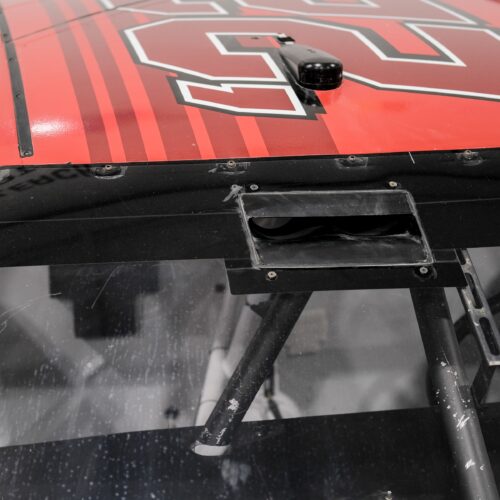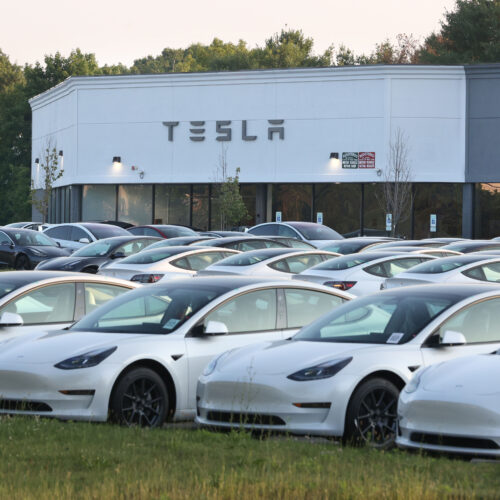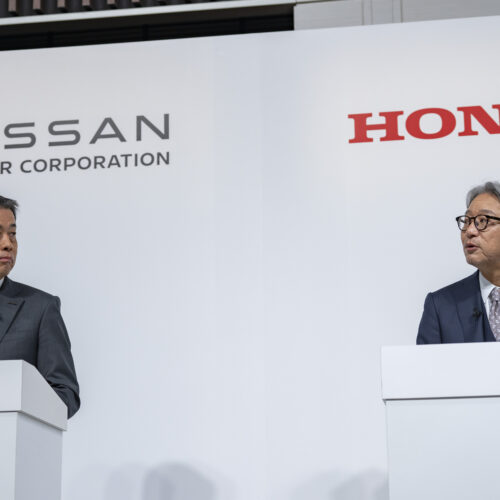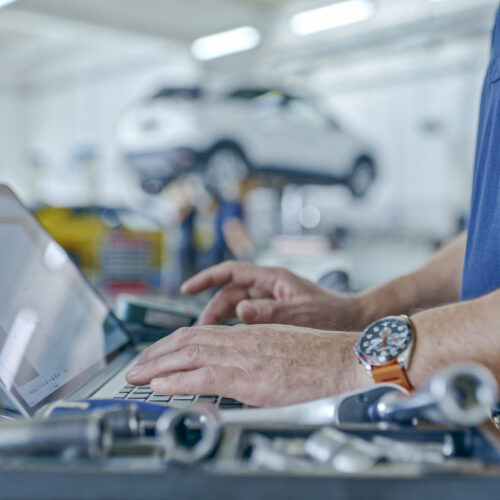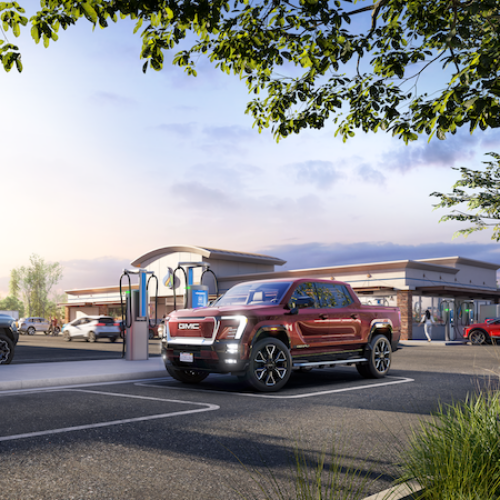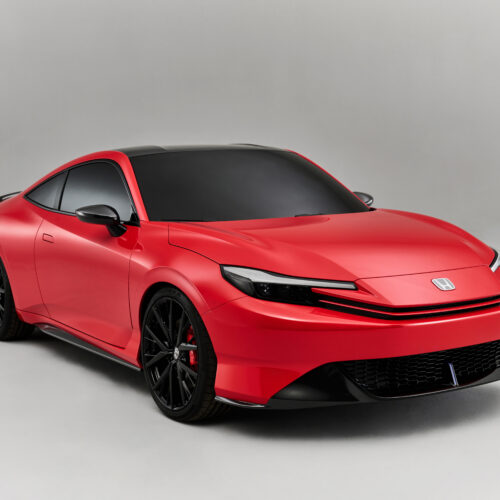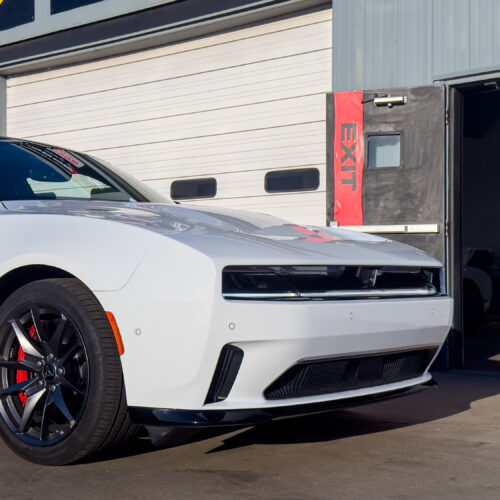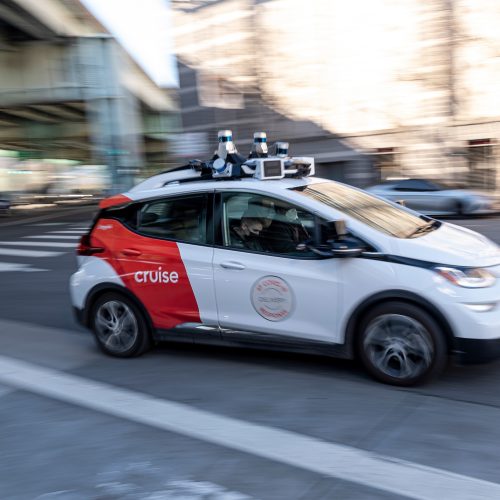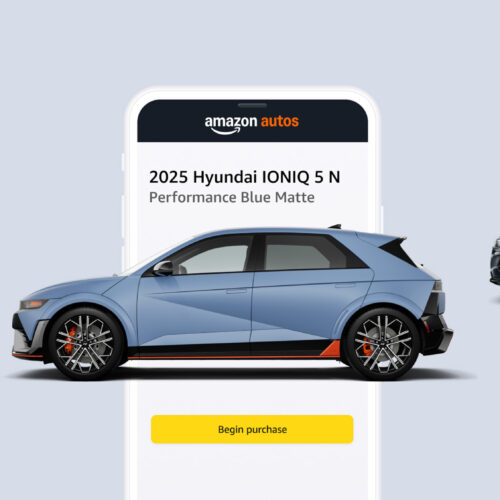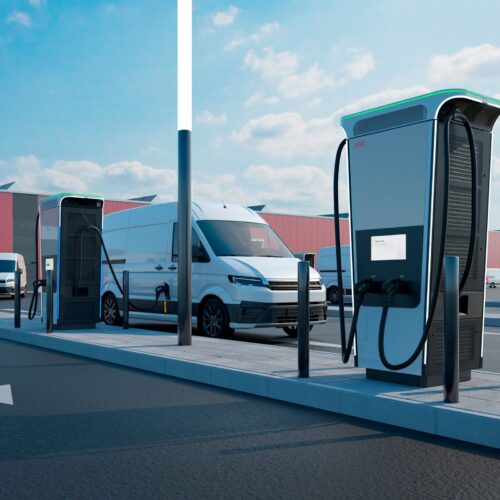Tesla’s remote parking under federal scrutiny after multiple crashes
Tesla is the target of yet another federal safety probe, the fourth currently open by the National Highway Traffic Safety Administration's Office of Defects Investigation. Today's trouble concerns the automaker's "Smart Summon" and "Actually Smart Summon" features, which allow Tesla drivers to remotely control their vehicles via a smartphone app.
At least in theory, that is. In practice, NHTSA says it's aware of multiple crash allegations "where the user had too little reaction time to avoid a crash, either with the available line of sight or releasing the phone app button, which stops the vehicle’s movement."
Worse yet, Tesla has failed to report any of these incidents to the safety regulator, which has a standing general order that requires any automaker or operator of autonomous or partially automated vehicles to report crashes involving such systems that occur on publicly accessible roads.


© YouTube
